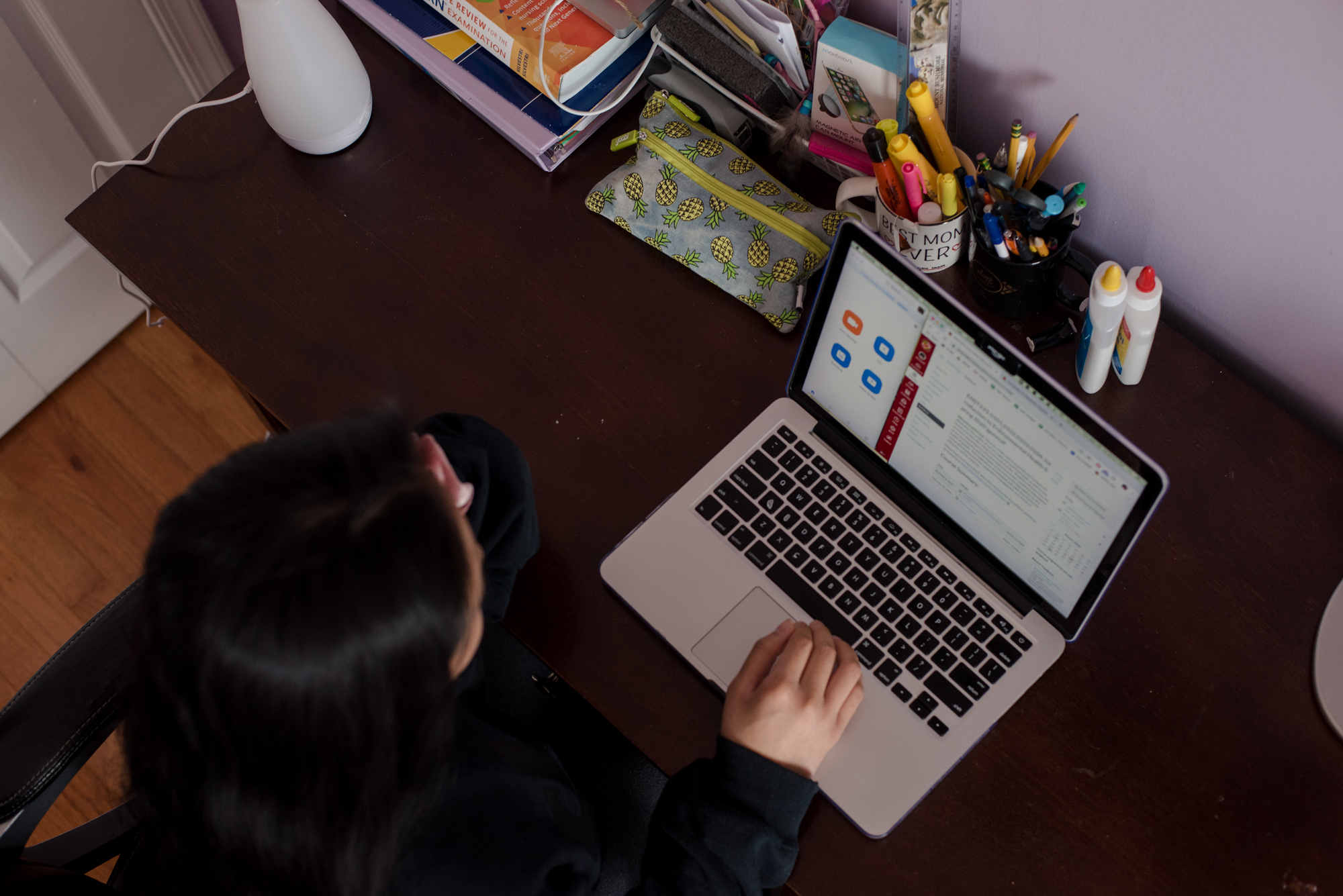Views expressed in opinion columns are the author’s own.
As the University of Maryland continues to navigate the post-pandemic world, there is one important lesson we shouldn’t overlook: virtual and hybrid learning models have opened educational opportunities for students in ways traditional in-person formats never could.
The rapid shift to online learning in 2020 forced universities across the world to innovate, offering new ways for students to engage with their courses. Now, as the return to in-person learning takes hold, this university has largely reverted to pre-pandemic norms, eliminating the flexibility that many students came to rely on. As a current undergraduate student at the university enrolled full-time, none of my professors have recorded lectures via Panopto video streaming or offer Zoom alternatives to attending in-person lectures. This change does a disservice to a significant portion of the student body, and it’s time we reconsider the value of hybrid learning, which would allow students to attend lectures online or view recordings at their convenience.
Mandating virtual and hybrid learning options is about more than convenience — it’s about making education accessible to a wider, more diverse group of students. This university prides itself on being an inclusive institution, but by limiting learning to a mainly in-person format, the university is inadvertently putting up barriers for many students. From those facing long commutes to individuals struggling with mental health issues, the benefits of hybrid learning should not be discarded so quickly.
The DC-Maryland-Virginia region is notorious for its traffic congestion and lengthy commutes. For many students at this university who don’t live on campus, commuting is a daily hurdle. Navigating this reality is not just stressful — it cuts into the time students could otherwise spend on academic pursuits, self-care or much-needed rest. It’s not uncommon for students to face hour-long — or longer — drives or public transit delays, leaving them exhausted before they even step foot in a classroom.
Hybrid learning provides a solution to this problem. It’s a way to offer flexibility for students who must balance commuting demands with their academic responsibilities. By maintaining hybrid options, the university can lessen the burden of these commutes and create a more equitable academic environment where students have more control over their schedules.
Over the past few years, there has been a well-documented rise in mental health issues among college students, particularly after the COVID-19 pandemic. Anxiety, depression and stress-related disorders have become more prevalent, with many students struggling to cope with the pressures of academic life along with personal and societal stressors. For students facing mental health challenges, the transition back to in-person learning has not been seamless. For many, it has compounded their difficulties, particularly when it comes to managing social anxiety or feeling overwhelmed in traditional classroom settings.
Virtual learning, however, can be a lifeline for many of these students. Attending lectures from the comfort of their space provides a sense of security and control that is often lacking in crowded lecture halls. The option to rewatch recorded lectures helps students who may struggle with attention or focus in real-time learning environments. This university’s push to largely phase out virtual learning options ignores the fact that for some students, in-person attendance is not only inconvenient, it can exacerbate their mental health struggles. Keeping hybrid models would offer these students the flexibility they need to succeed academically without sacrificing their well-being.
This university has touted its commitment to diversity and inclusion. But real inclusion means understanding that students’ needs are not one-size-fits-all. Offering a variety of learning formats — virtual, hybrid and in-person — would allow the university to accommodate a broader range of students with different needs and life circumstances.
The hybrid learning model is more than a temporary pandemic solution. It’s a tool to create a more inclusive educational environment. This university should not view the return to in-person classes as a complete dismissal of the progress made in virtual learning. Instead, it should embrace the lessons learned during the pandemic and implement hybrid learning as a permanent option.
Nikki Rostamiani is a senior economics and government and politics major. She can be reached at nrostami@terpmail.umd.edu.



